As the mercury soars every summer, a blazing reality sets in across the United States. In some states, wildfires have transitioned from freak occurrences to calendared events, rivaling the Fourth of July’s inevitability. It’s a fiery dance of nature, climate change, and human impact, all rolled into a combustive spectacle. Let’s take a look at the states where wildfires have become an alarming regular occurrence and what it means for their residents.
1. California: The Golden State Glows

Is California the poster child for wildfire season, or is it just a pyromaniac’s dream? Every year, swathes of this picturesque state turn into blazing infernos, with the air heavy with smoke and tension. According to the California Department of Forestry and Fire Protection, the state recorded over 8,000 wildfires in 2020 alone. That’s not just a statistic; it’s a way of life for those who call California home.
The eerie glow of the horizon is nearly as permanent as the Hollywood sign. Residents have mastered the art of evacuation drills and packing go-bags like they’re prepping for a red-carpet event. It’s a dance of survival and resilience, a testament to the human spirit against nature’s fiery wrath. Yet, one can’t help but wonder, in a state known for innovation, what more can be done to dim the flames?
2. Oregon: Where the Trees Talk and Burn
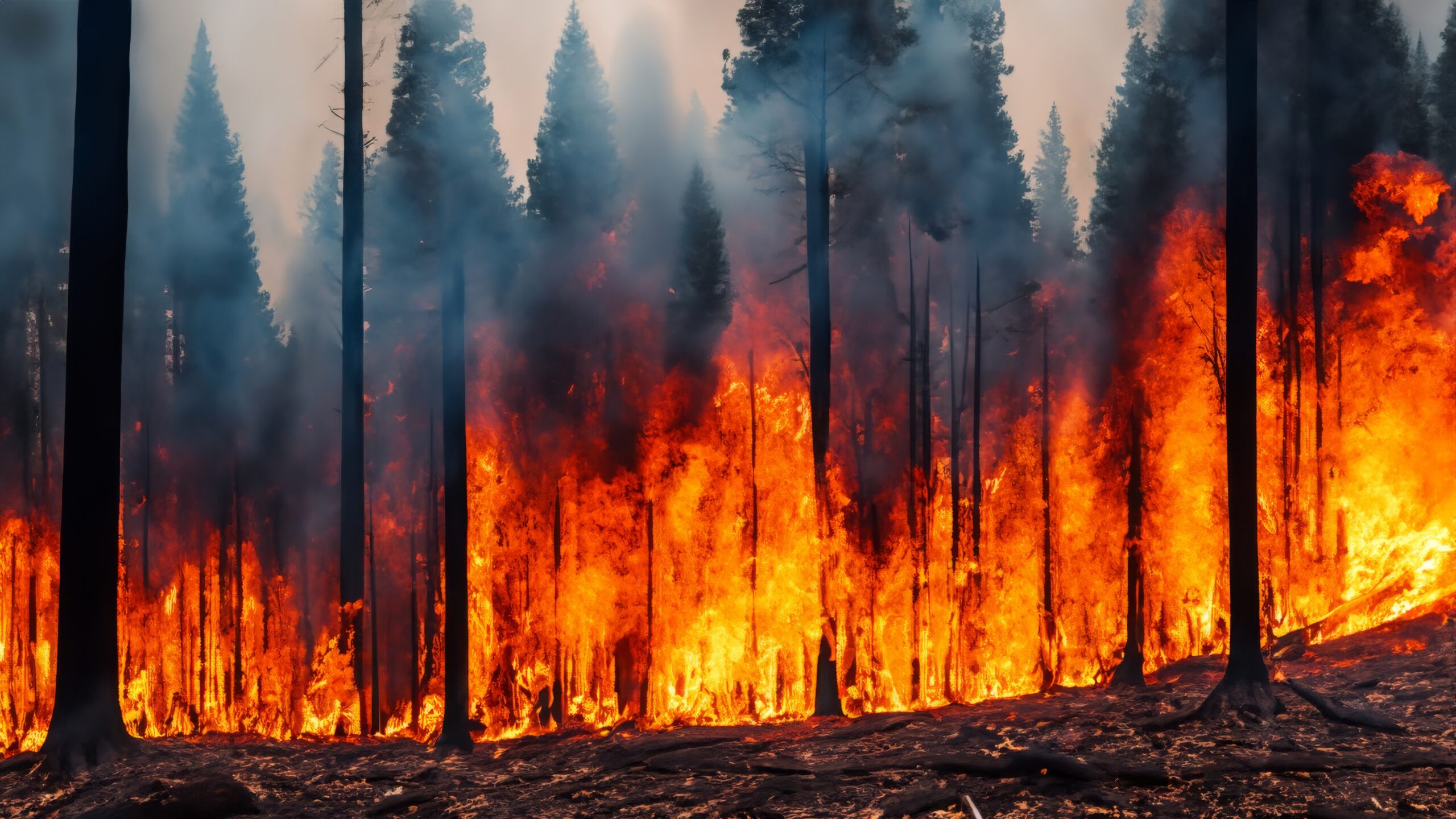
Nature lovers go to Oregon to bask in the lush green of forests that seem to whisper secrets of centuries past. But now, those whispers often turn into cries as flames lick the sky. Statistics from the Oregon Department of Forestry reveal that wildfires have become a predictable guest, overstaying their welcome from July to August. It’s the new normal for a state that once prided itself on untouched natural beauty.
The juxtaposition is stark: tall, majestic trees against the backdrop of ash and ember. Residents are left grappling with a duality—protect and preserve what’s left, or adapt and innovate for tomorrow. Conversations around sustainability and forest management have never been more critical or charged with urgency. The irony? In a state drenched in rain for half the year, the summer months bring an inferno, proving that Mother Nature has a wicked sense of humor.
3. Washington: The Emerald State’s Fiery Crown
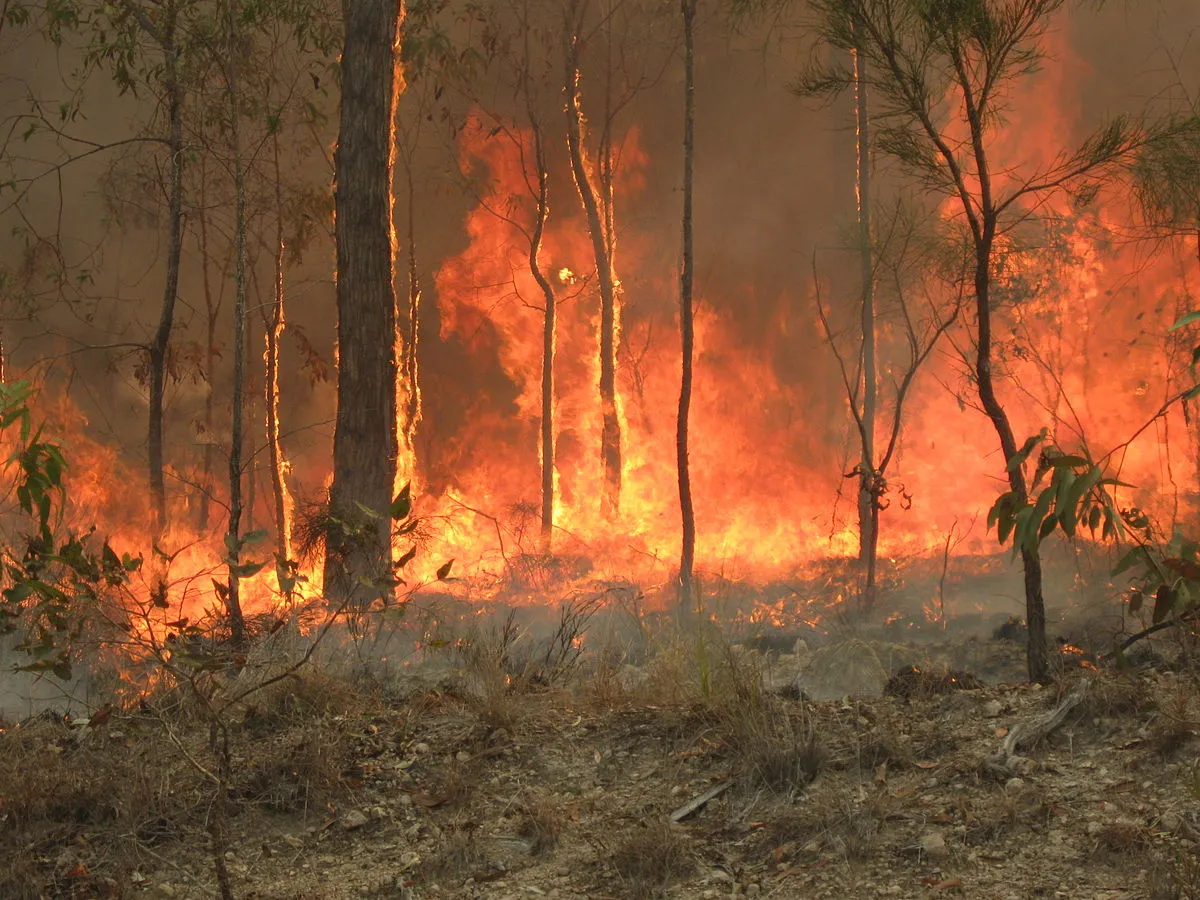
With its lush, rain-soaked reputation, Washington seems an unlikely candidate for wildfire central. Yet, the Washington State Department of Natural Resources reports a disconcerting rise in wildfires, with the 2021 season breaking previous records. The juxtaposition of the “Emerald State” and this fiery reality is enough to make any nature enthusiast stop and ponder. How did this once-wet haven become a tinderbox?
The landscape is changing, both literally and metaphorically. Residents now balance the beauty of spring blooms with the trepidation of a scorching summer. Firefighters are the new frontline heroes, battling blazes with a tenacity that mirrors the grit of the residents they protect. As the seasons blend, Washingtonians are redefining what it means to live in harmony with nature, even when she rages against them.
4. Colorado: The Highs and Lows of Wildfire Season
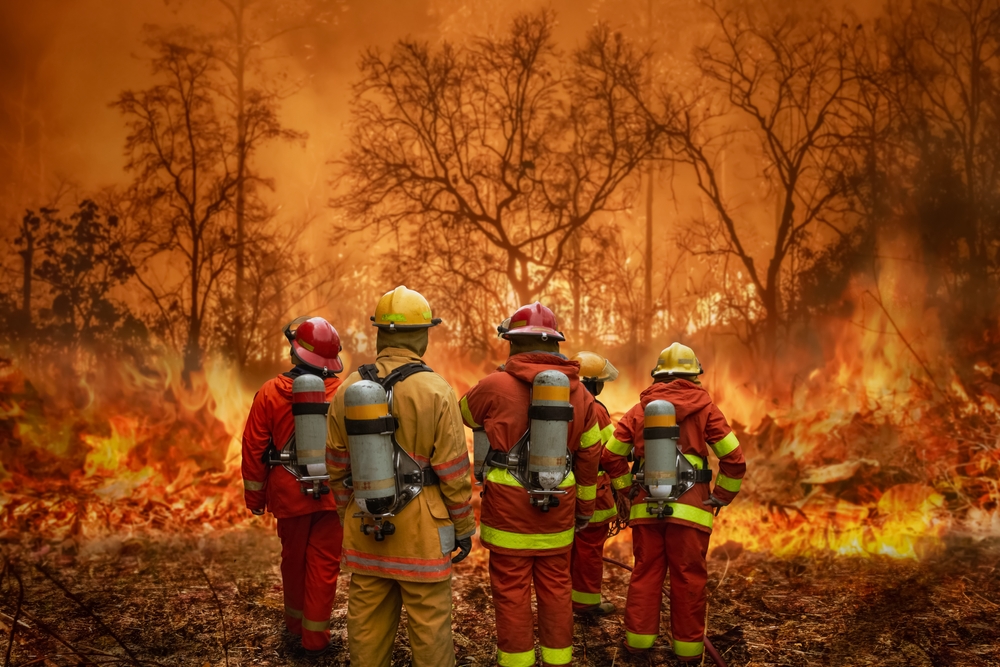
In Colorado, the mountains are both friend and foe. This state, known for its breathtaking peaks and outdoor adventures, now finds itself on the frontlines of wildfire season each year. The crisp mountain air is often replaced with a haze that obscures the beauty of the Rockies, reminding residents of the delicate balance they tread. It’s a stark reminder that elevation doesn’t equate to immunity.
Coloradoans are learning that their beloved landscapes require a new kind of stewardship. Wildfires have become a call to action, a signal that climate change is not just a coastal issue but a universal one. There’s a palpable urgency in conversations about land management and fire prevention, as communities work to protect their homes and heritage. As the flames flicker, Colorado stands resilient, determined to preserve its natural splendor amidst the burn.
5. Arizona: Where the Desert Burns
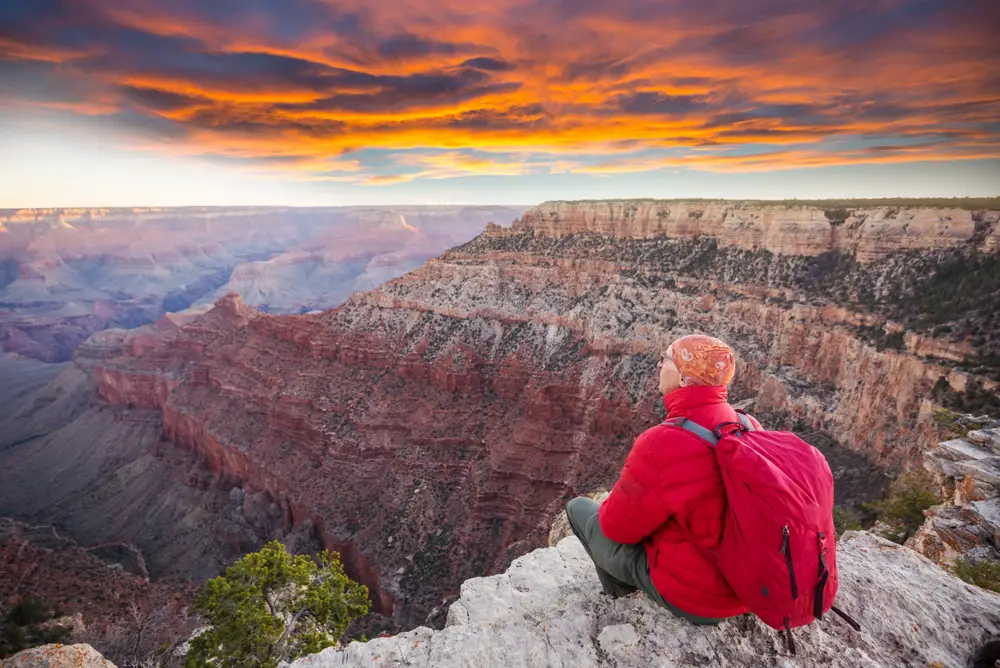
Arizona is no stranger to heat, but the scorching temperatures now bring more than just sunburns. Wildfires have become a staple in the summer months, transforming the desert landscape into a dangerous furnace. The irony is not lost on residents, who find themselves surrounded by a different kind of desert fire. It’s a scene that’s almost poetic in its brutality—cacti silhouetted against a backdrop of flames.
The desert resilience is admirable, yet it’s a fragile existence in the face of these fiery threats. Communities are forced to adapt, creating firebreaks and implementing preventative measures that seem more at home in a rainforest than a desert. The natural ruggedness of Arizona is both its strength and its vulnerability. As temperatures rise, so does the determination of its people to live in harmony with an ecosystem that is both stunning and volatile.
6. Texas: The Lone Star State Faces the Heat
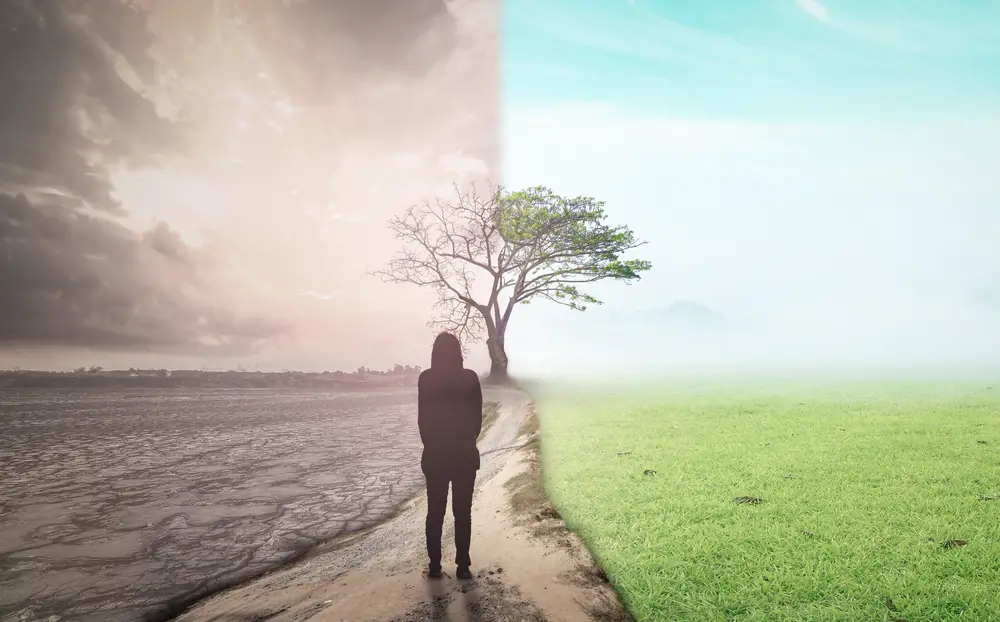
Everything is bigger in Texas—including the wildfires. This massive state, with its diverse landscapes, finds itself increasingly embroiled in a summer battle against flames. From the plains to the piney woods, nowhere is truly safe from the encroaching fire season. It’s a lesson in humility for a state that prides itself on its independence and resilience.
Texans are responding with characteristic grit, embracing innovation in fire prevention and response. Community efforts are ramping up, with a focus on education and preparedness that rivals the state’s legendary BBQs. The challenge is immense, yet the spirit of Texas prevails, with residents coming together to protect their homes and way of life. The question remains: how will Texas continue to adapt as climate patterns shift?
7. Montana: Big Sky, Bigger Fires
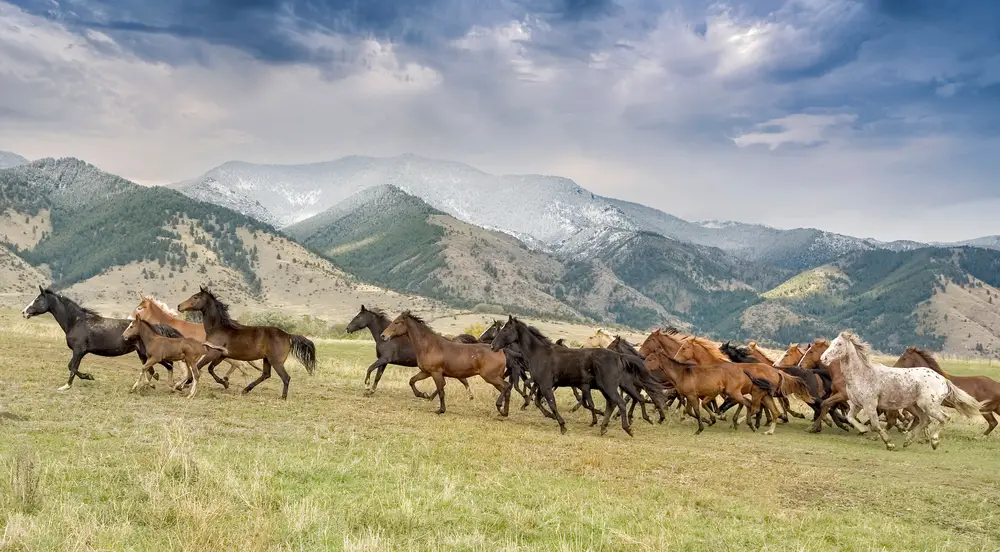
With its wide-open skies and rugged terrain, Montana feels like a haven from the chaos of modern life. But even paradise has its problems, as wildfires increasingly scar the landscape. The vast expanses that once seemed untouchable are now battlegrounds for a state grappling with a fiery foe. It’s a sobering reminder that nature’s wrath is inescapable even in the great outdoors.
Montanans are fiercely protective of their land, and this latest challenge has sparked a new kind of conservation effort. Firefighters and residents work hand in hand, battling blazes that threaten not just homes but the spirit of the state. There’s a fierce pride in preserving the natural beauty that defines Montana, even as flames threaten to consume it. As the fires rage, so too does the determination to safeguard Big Sky Country for future generations.
8. Nevada: Not Just Vegas Lights
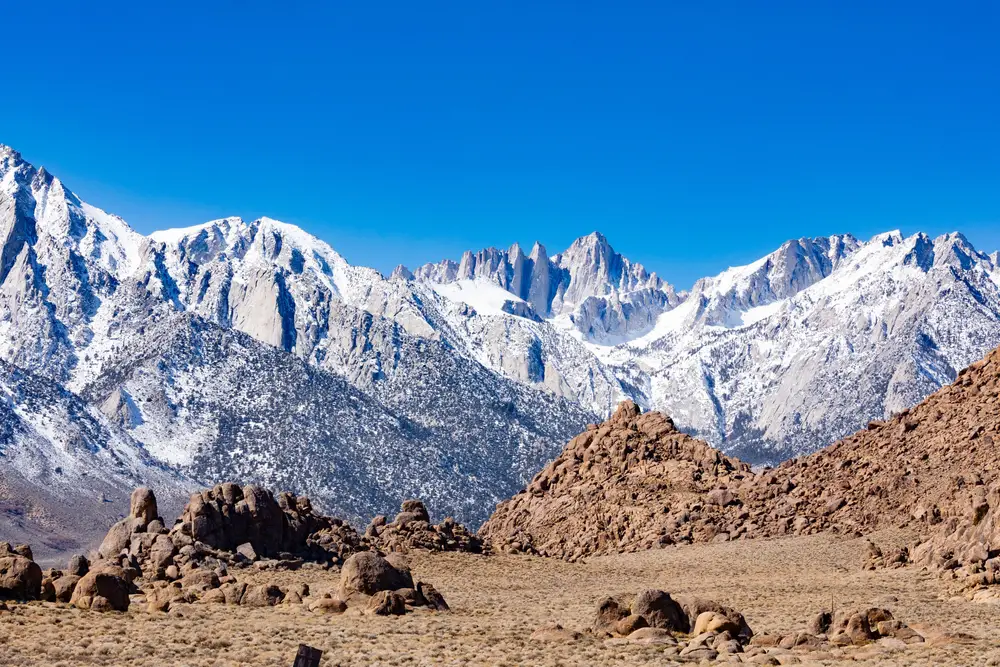
When people think of Nevada, they often picture the glitz and glamour of Las Vegas. But a different kind of illumination has taken hold outside the city lights—wildfires that light up the desert in a dangerous display. It’s a stark contrast to the neon glow of the Strip, a reminder that nature, too, has its own brand of spectacle. As temperatures rise, so do the risks, turning what was once a rare occurrence into a seasonal norm.
Nevadans are adapting, with communities banding together in proactive measures to stem the tide of flames. Fire prevention is no longer just an option but a necessity, with strategies evolving as quickly as the fires themselves. As the state learns to live with this new reality, there’s a renewed focus on sustainability and land management. The challenge is immense, but so is the resolve of its people, determined to thrive in a landscape as unpredictable as the roll of a dice.
9. New Mexico: Land of Enchantment and Wildfires
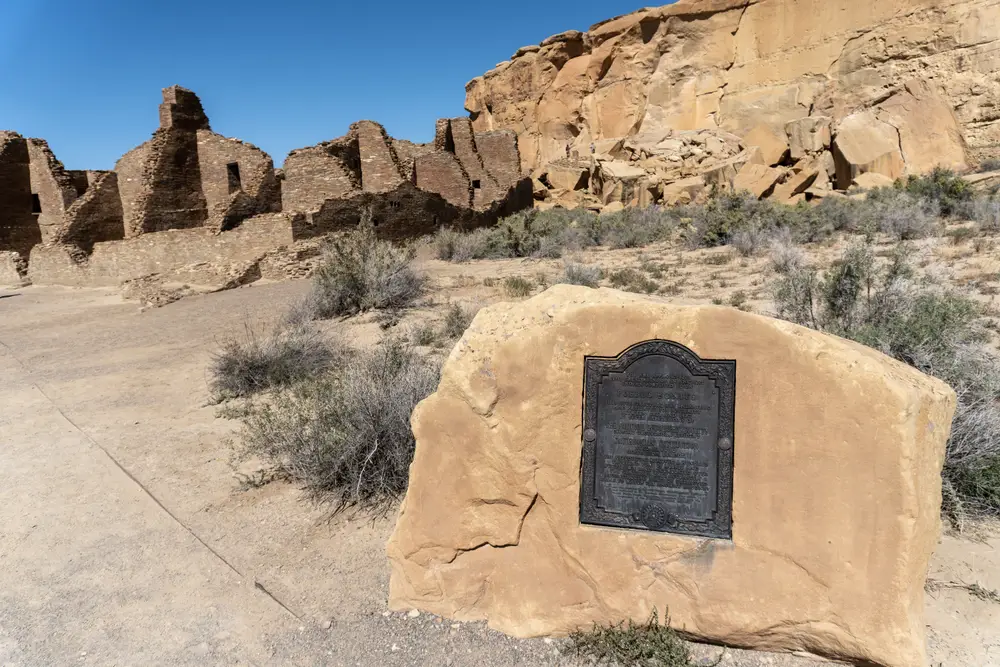
New Mexico’s moniker as the Land of Enchantment captures its allure and mystique, but wildfires have added a new layer to its identity. The state’s diverse ecosystems, from deserts to forests, are increasingly under threat from a fiery foe. What was once a rare challenge has become an annual reality, forcing New Mexicans to adapt to a landscape on the brink. It’s an urgent wake-up call for a state that cherishes its natural beauty and cultural heritage.
Communities are responding with a blend of tradition and innovation, merging indigenous fire prevention techniques with modern strategies. There’s a heightened sense of urgency to protect the land that defines New Mexico’s spirit. The battle against wildfires is as much about preserving a way of life as it is about safeguarding homes and livelihoods. As the flames flicker, so does the commitment to a sustainable future, where enchantment and resilience go hand in hand.
10. Idaho: Where Nature’s Fury Meets Resilience
Idaho, with its majestic landscapes and pristine wilderness, is increasingly finding itself at the mercy of wildfires. The state’s natural beauty is both a blessing and a curse, as its dense forests and rugged terrain make it a prime target for seasonal blazes. The irony of such untouched beauty facing destruction is not lost on its residents, who are no strangers to nature’s unpredictability. It’s a complex dance of preservation and adaptation, as Idahoans learn to live with a fire season that shows no signs of abating.
The resilience of the community is both heartening and necessary, as residents embrace new strategies to protect their homes and land. Fire prevention has become a way of life, with education and preparation taking center stage. The question remains: how will Idaho navigate a future where wildfires are no longer the exception but the rule? As the flames threaten to reshape the landscape, so too does the resolve to preserve Idaho’s natural splendor against all odds.
11. Utah: The Burning Crossroads
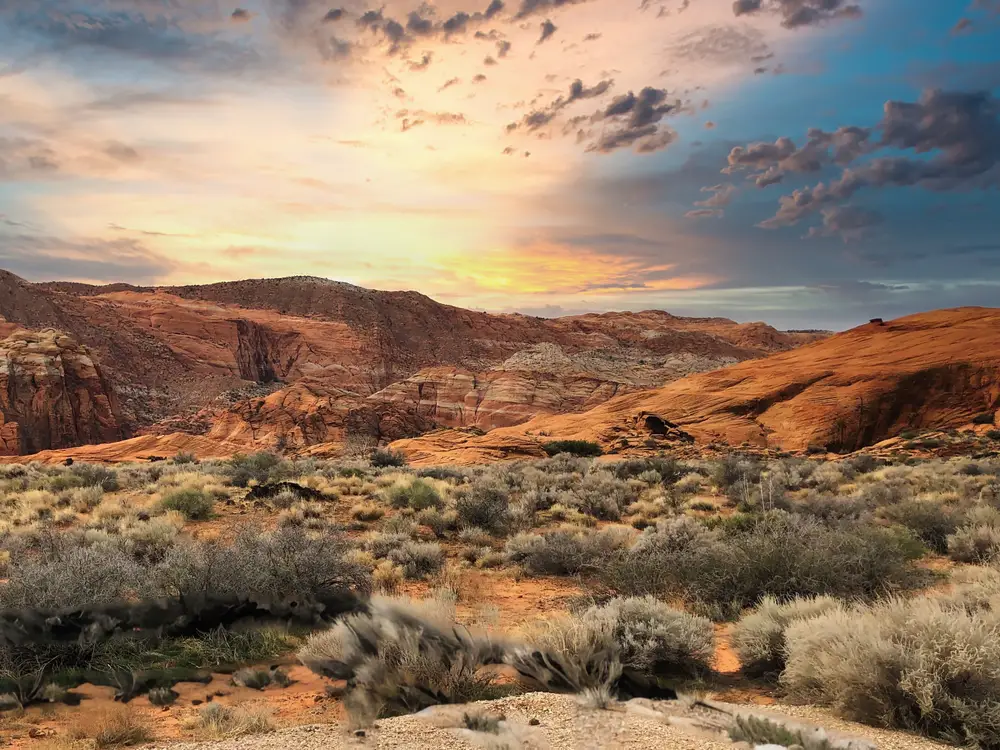
Utah, known for its stunning landscapes and outdoor adventures, now finds itself grappling with a new kind of challenge—wildfires that increasingly mar its natural beauty. The irony of a state synonymous with vast, untouched expanses facing such destruction is palpable. It’s a testament to the unpredictable nature of climate change, as wildfires become a seasonal certainty rather than a rare occurrence. Utahns are responding with characteristic determination, as communities come together to protect their homes and heritage.
Fire prevention and education have taken on new importance, with strategies evolving as quickly as the fires themselves. The challenge is immense, yet so is the resolve of Utah’s residents, who are determined to safeguard their landscapes against the encroaching flames. It’s a delicate balance of preservation and adaptation, as the state navigates a future where wildfires are as much a part of the landscape as its iconic red rock formations. How Utah will continue to adapt remains to be seen, but one thing is certain: the spirit of its people is as resilient as ever.
12. Alaska: The Last Frontier, First in Flames
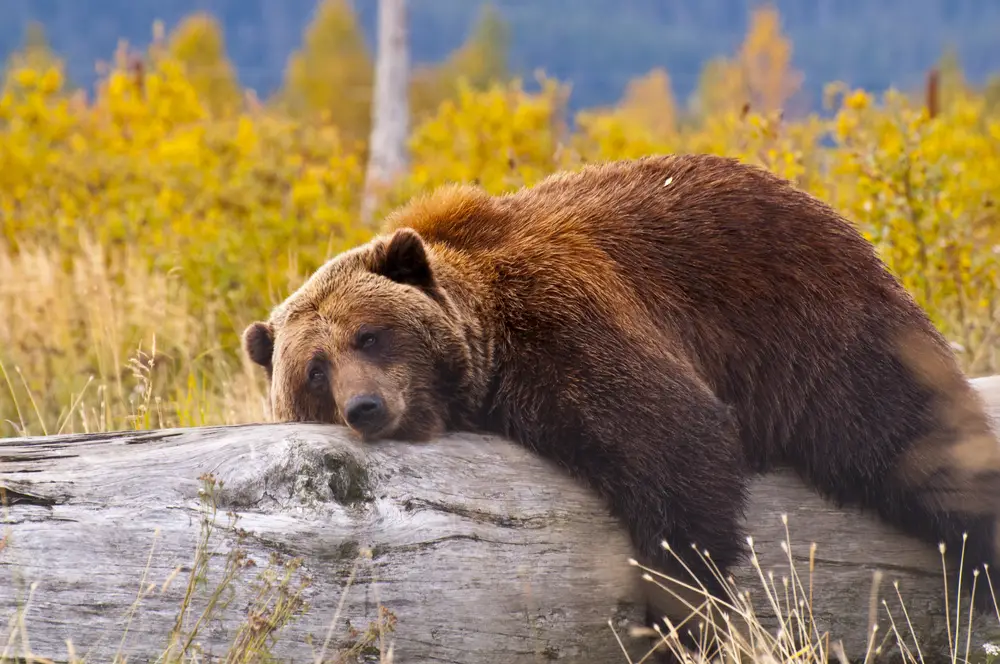
Alaska, the epitome of rugged, untouched wilderness, is increasingly finding itself on the frontline of wildfire season. The Last Frontier faces a unique challenge, as its vast, remote landscapes become a tinderbox each summer. It’s a surreal sight—the juxtaposition of glaciers and wildfires, a testament to the rapidly changing climate. Alaskans are no strangers to harsh conditions, but the rise in wildfires presents an unprecedented challenge.
Communities are adapting with innovative fire prevention strategies, merging traditional knowledge with modern technology. The spirit of resilience is palpable, as residents band together to protect their homes and way of life. As the fires rage, so too does the determination to preserve Alaska’s unique beauty against the looming threat. The question remains: how will the Last Frontier continue to navigate a future where wildfires are as much a part of the landscape as its iconic northern lights? The answer lies in the resilience of its people, determined to thrive in a world that’s warming fast.
